Whether they’re bumpy or smooth, little or big, blue or orange, squash reveals just a touch of natures creativity.
The term “Winter squash” is a bit misleading… Most squash varieties are harvested in the fall and keep well through the winter. Due to their hardy nature, these squash varieties are primarily consumed in the cold winter months in dishes, such as; soups and stews. Chances are that Pumpkins, Acorn squash, and Butternut squash are the most popular types in your local supermarkets. However, other varieties such as Spaghetti, Buttercup, and Kabocha, are worth seeking out at health food stores or specialty shops. Regardless of the type, to get the best quality, select winter squash that are blemish- and bruise-free, with an intact stem and heavy feeling for their size.
Here is our Guide to Winter Squash
Characteristics: This mildly flavored squash is named for its acorn-like shape. Choose one with a dull green rind; an acorn squash that’s turned orange will have tough and fibrous flesh.
Characteristics: Compact and green with paler green striations, the buttercup can closely resemble a kabocha squash. However, its distinct bottom with a circular ridge gives it away. On some, the ridge may surround a more pronounced bump, or “turban.” A freshly cut buttercup may smell like a clean, fragrant cucumber, but once cooked, its orange flesh becomes dense, a bit dry, and very mild-tasting.
Characteristics: A slim neck and bulbous bottom gives the butternut squash its distinctive bell shape. The muted yellow-tan rind hides a bright orange-yellow flesh with a relatively sweet taste. To make butternut squash easier to handle, cut the neck from the body and work with each section separately.
Characteristics: The pumpkin-shaped Carnival Squash has a pale yellow skin with green markings and often ranges in size from 5 to 7 inches in diameter. Unlike summer squash (which are picked when immature and skins are tender), Carnival Squash have hard, thick skins and only the flesh is eaten. The delicious yellow meat is reminiscent of sweet potatoes and butternut squash and can be baked or steamed then combined with butter and fresh herbs.
Characteristics: The oblong Delicata (pronounced dehl-ih-CAH-tah) has a pale yellow skin with green markings and often ranges in size from 5 to 9 inches in length to 1 1/2 to 3 inches in diameter. Unlike summer squash (which are picked when immature and skins are tender), Delicata Squash have hard, thick skins and only the flesh is eaten. The delicious yellow meat is reminiscent of sweet potatoes and butternut squash and can be baked or steamed. Combined with butter and fresh herbs, Delicata Squash is good source of vitamins A and C..
Characteristics: The bright orange skin of the Gold Nugget Squash easily identifies it as a popular winter squash. Unlike summer squash (which are picked when immature and skins are tender), Gold Nugget Squash have hard, thick skins and only the flesh is eaten. Look for colorful rinds with a dull finish, which indicates maturity.
Characteristics: The pumpkin-shaped Kabocha Squash has a forest green skin with light striations and often ranges in size from 9 to 12 inches in diameter. Unlike summer squash (which are picked when immature and skins are tender), Kabocha Squash have hard, thick skins and only the flesh is eaten. It taste similar between a sweet potato and pumpkin with a rich sweetness and almost fiberless flesh.It can be baked, steamed, pureed, braised, chunked, or smoothed in soups, and baked in puddings, pies, and cakes.
Characteristics: Named for its yellow-gold spaghetti-like strands of flesh, Spaghetti Squash is a smooth, yellow watermelon-shaped squash. Unlike summer squash (which is picked when immature and skin is tender), Spaghetti Squash has a hard, thick skin and only the flesh is eaten. Once cooked, the spaghetti-like strands of flesh can be separated with a fork, removed from the shell and served as a salad ingredient, as part of a casserole, or with sauce (similar to pasta).
Characteristics: This whitish-yellow and green squash is small and compact, making the whole squash the perfect-size bowl for an individual serving. The flesh tastes very much like sweet potato, and the skin is edible is as well. Use sweet dumpling squash in recipes calling for sweet potato or pumpkin.
Recipes & Ideas
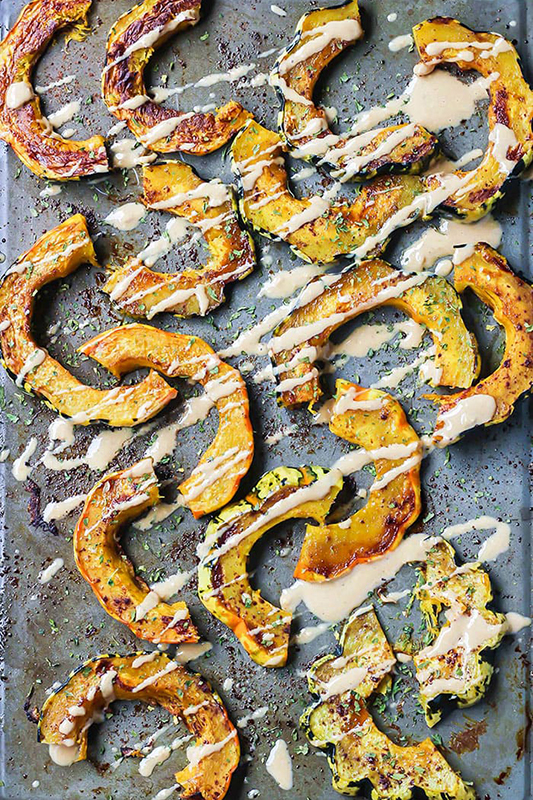
Sweet & Spicy Roasted Squash by Fit Mitten Kitchen
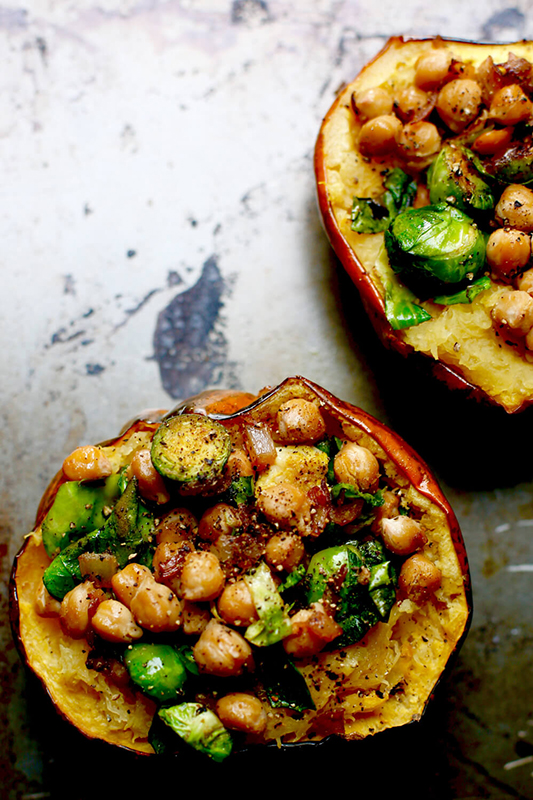
Chickpea Stuffed Acorn Squash by Food Heaven Made Easy
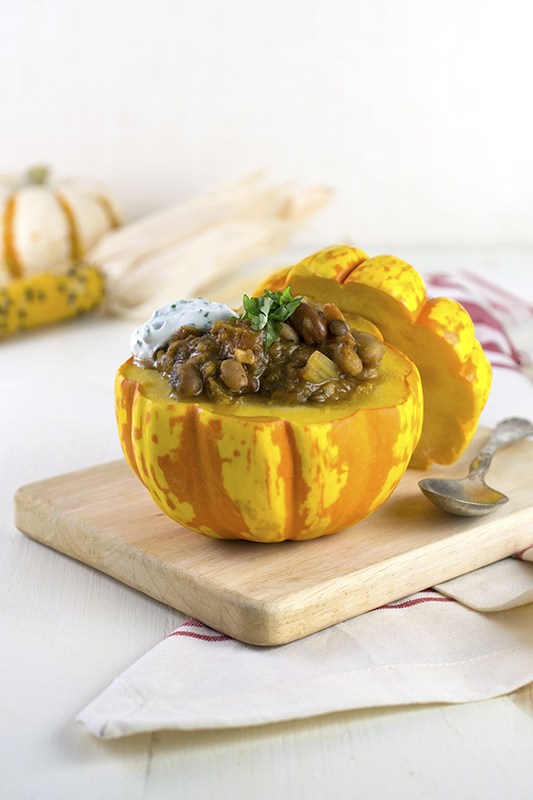
Vegetarian Harvest Chili by Real Food, Mostly Plants
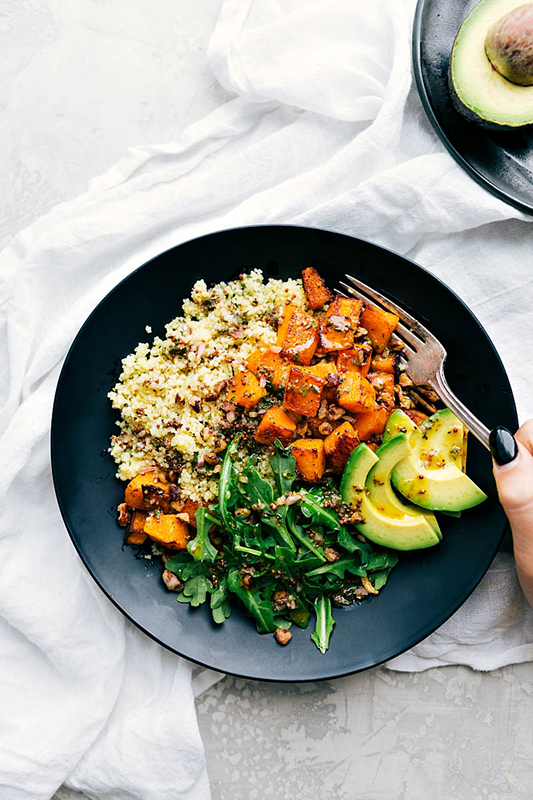
Roasted Butternut Squash Couscous Bowls by Chelsea’s Messy Apron
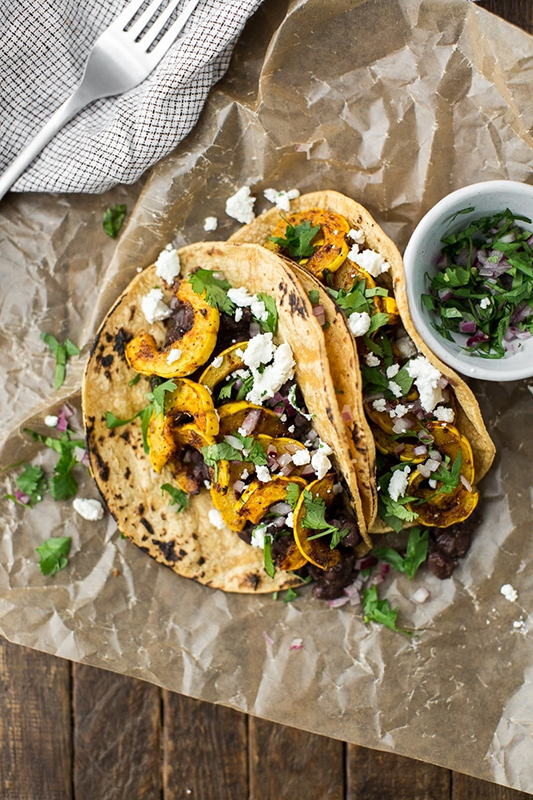
Delicata Squash Tacos with Black Beans by Naturally Ella
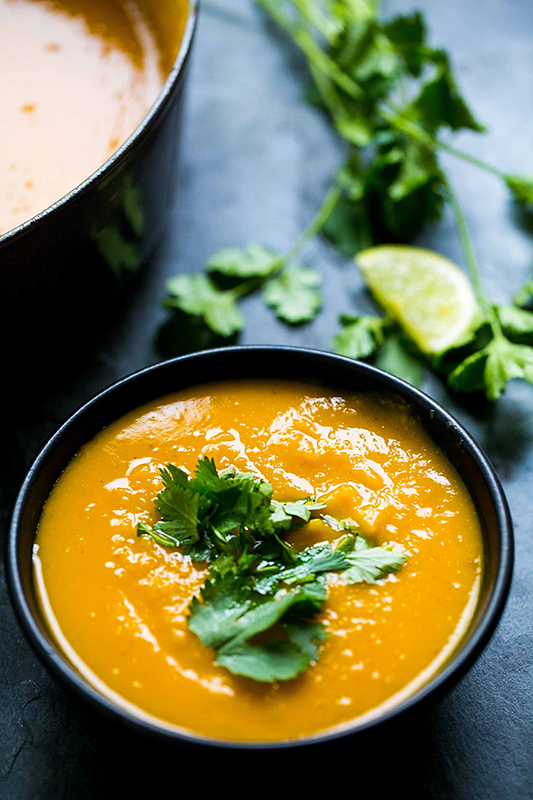
Roasted Kabocha Soup by Simply Recipes
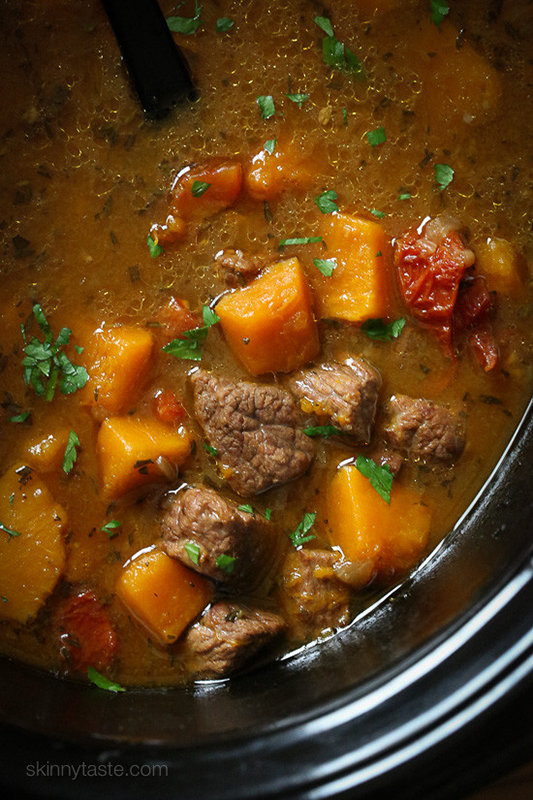
Beef and Kabocha Squash Stew by Skinny Taste
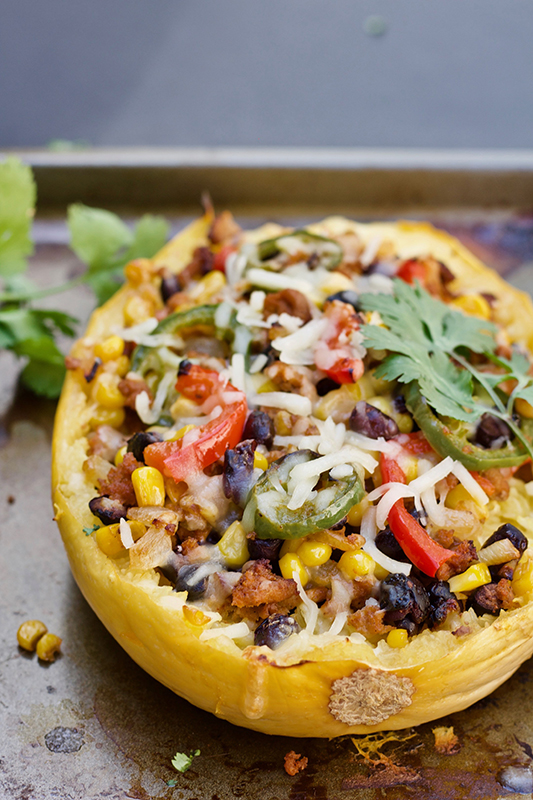
Easy Mexican Spaghetti Squash Boats by Honey & Spiced
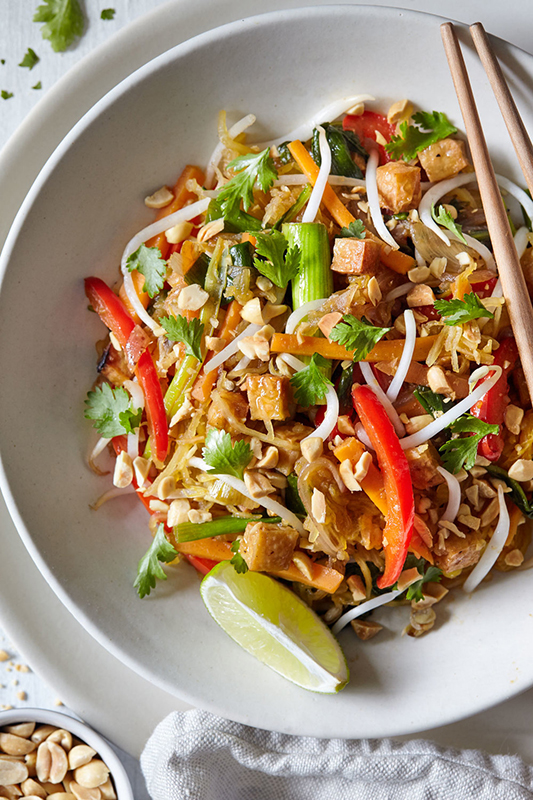
Spaghetti Squash Pad Thai by Evergreen Kitchen
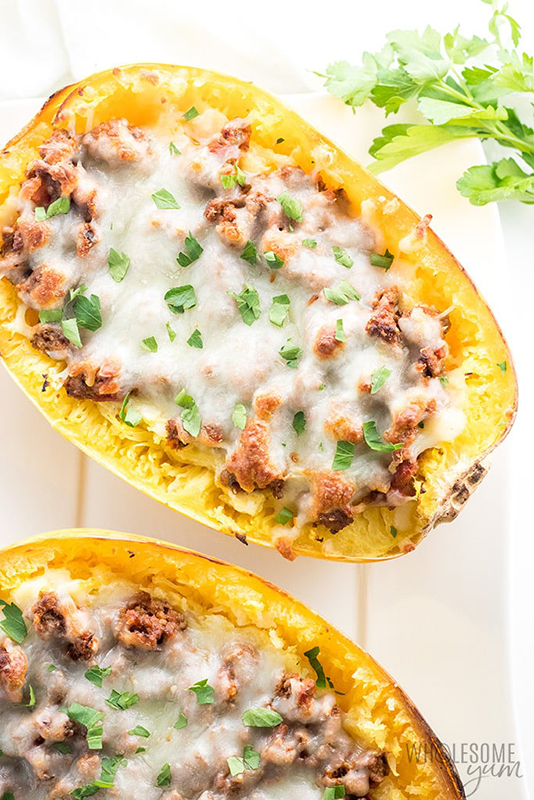
Low Carb Stuffed Spaghetti Squash Lasagna Boats by Wholesome Yum











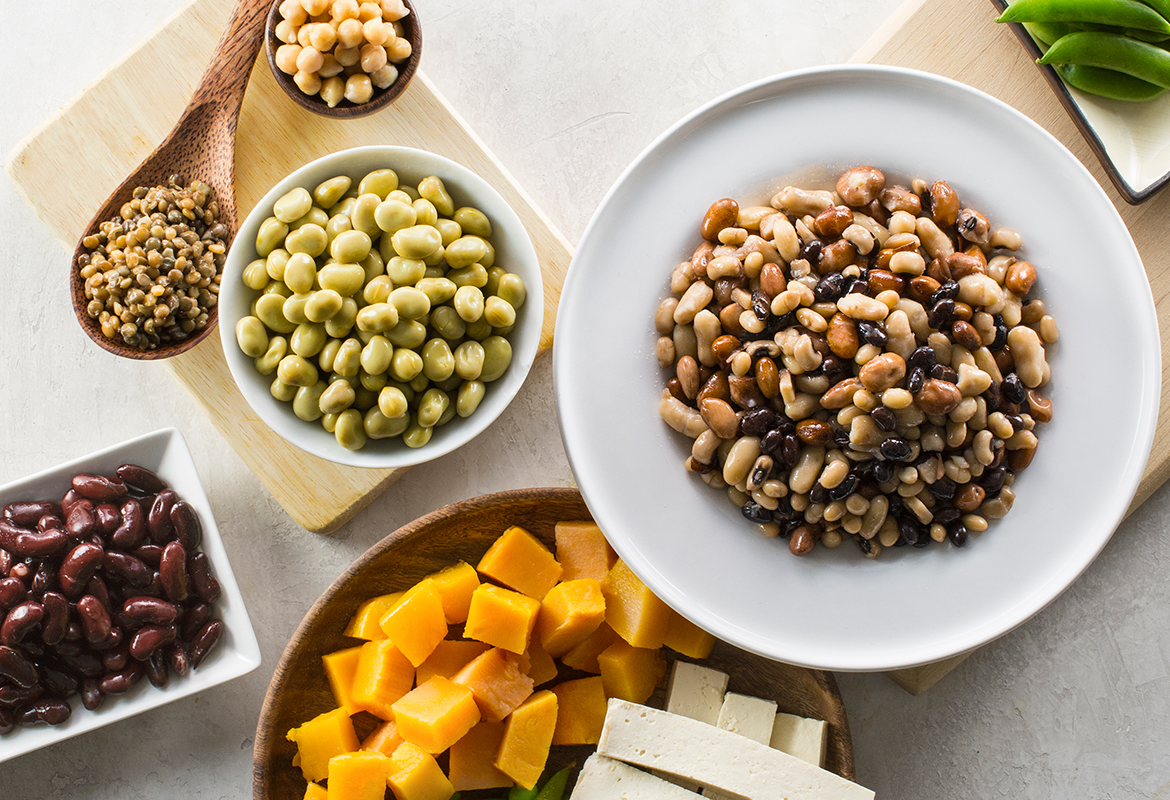
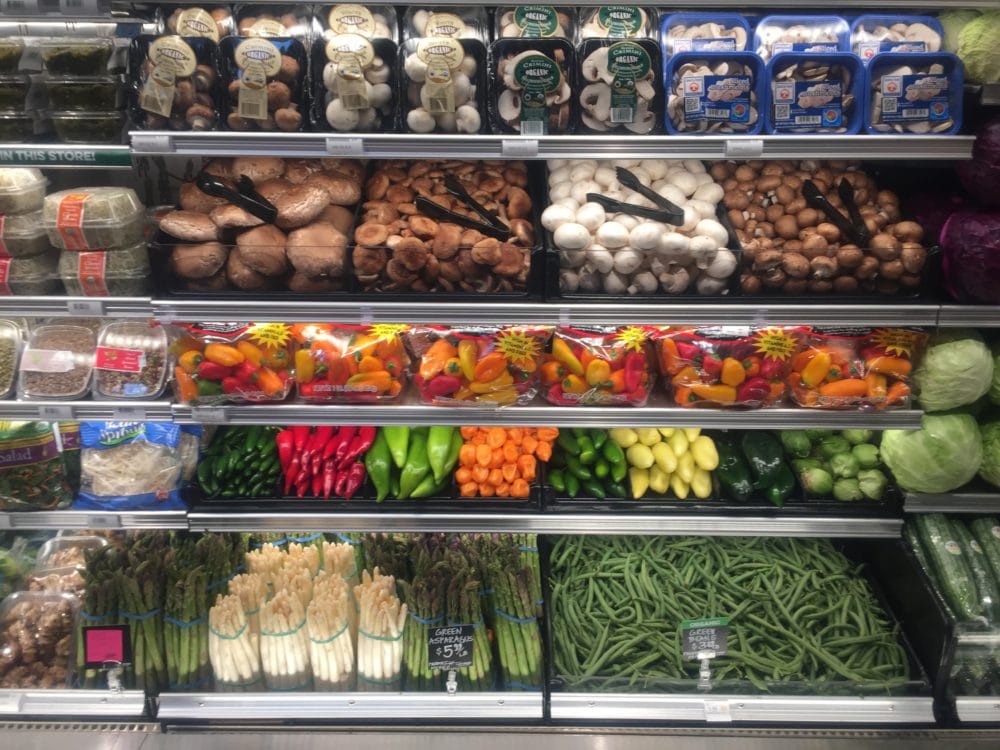

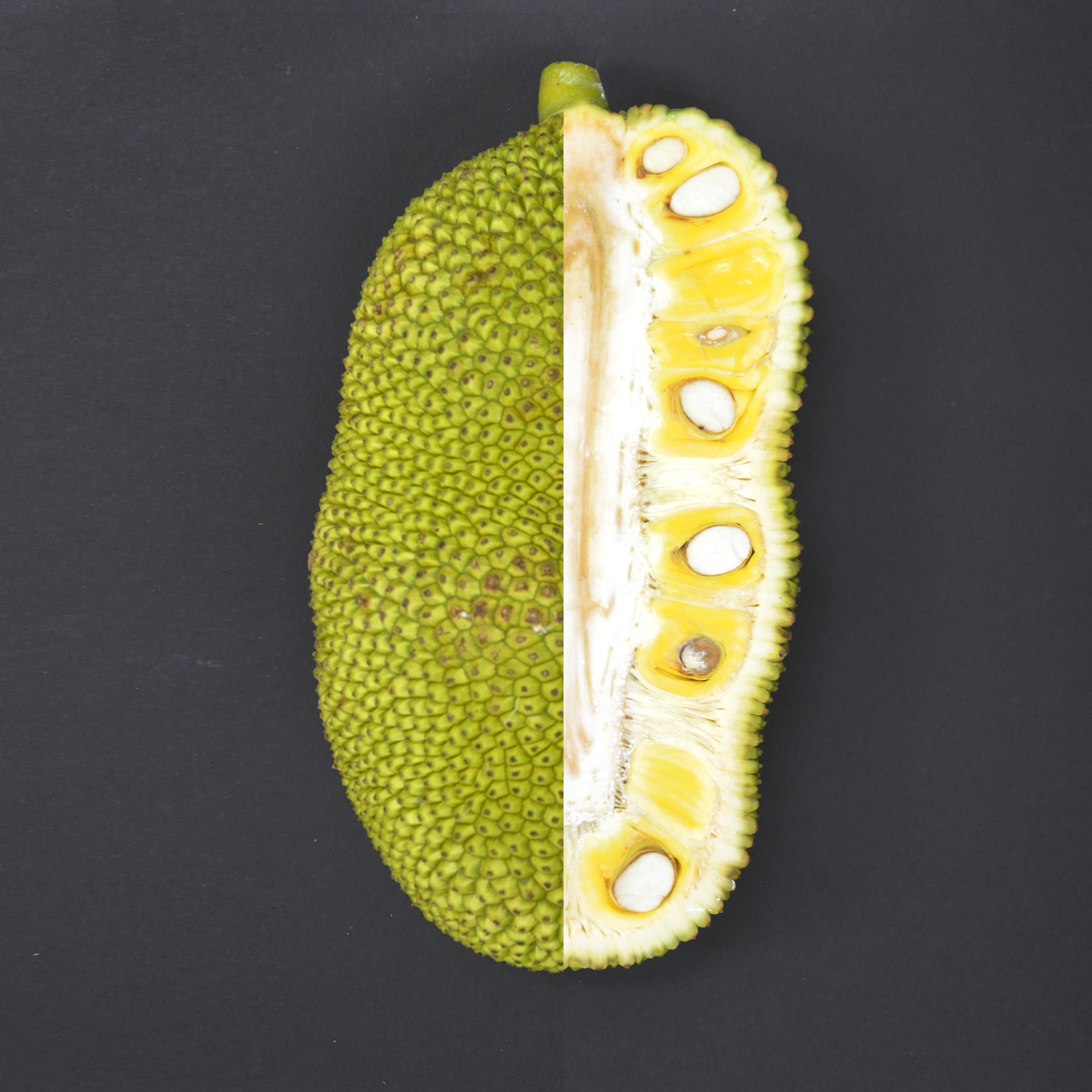
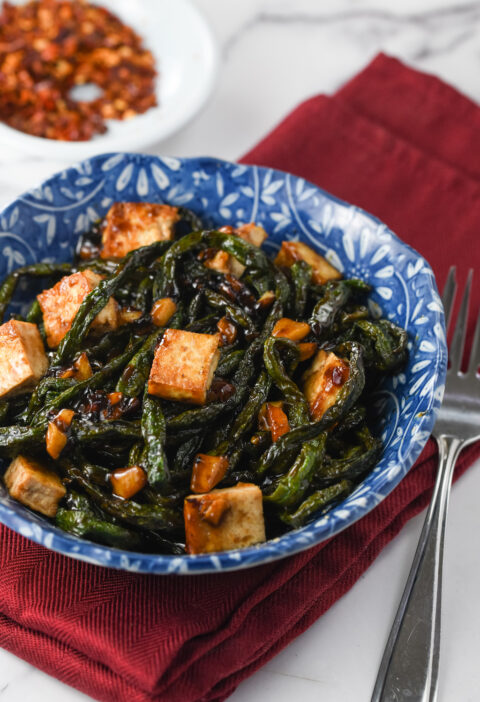
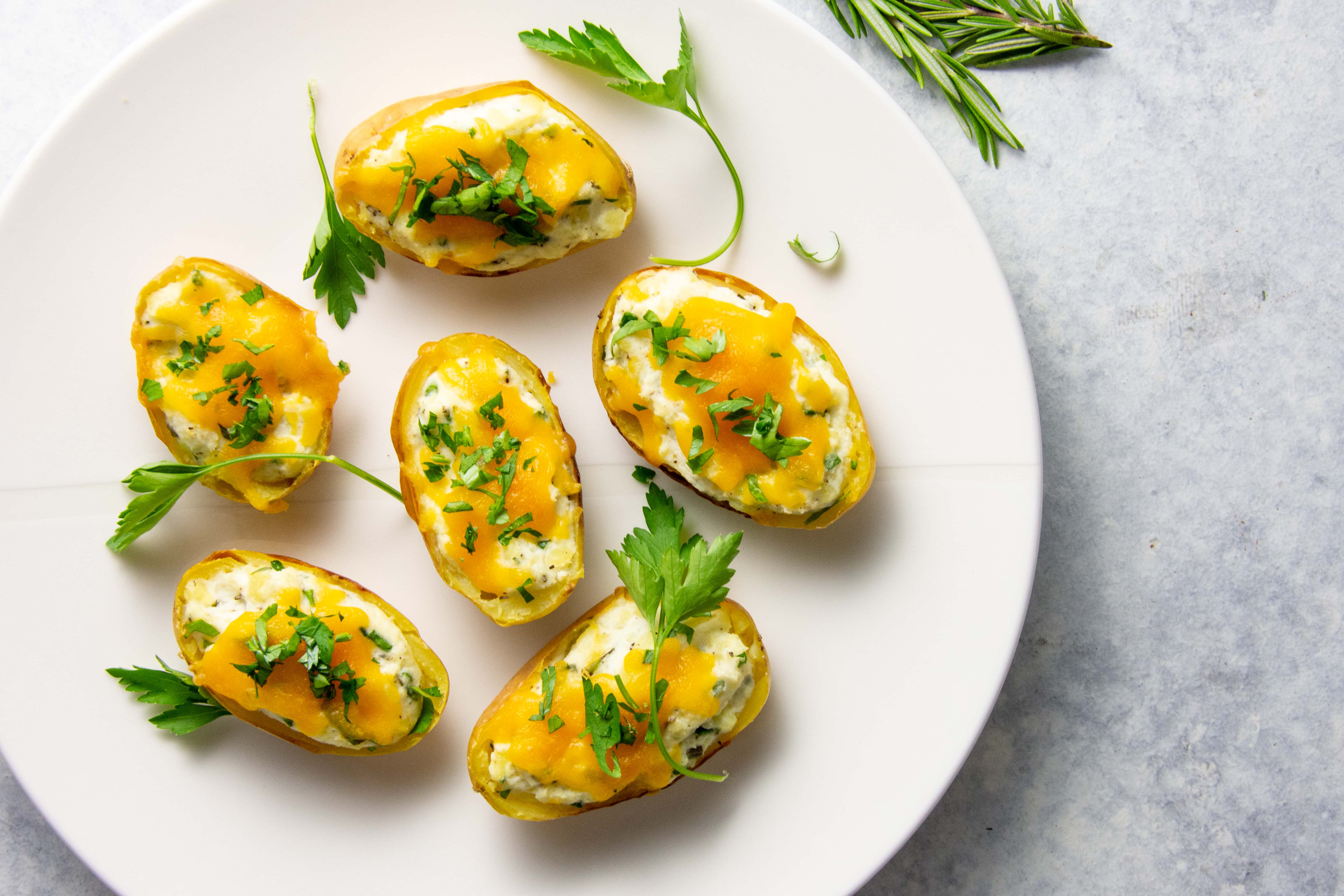
I made this tonight almost exactly as the new directions say. I had baked chicken left over from Sunday dinner so I used cooked chicken instead of raw. I just added the chicken and the rice a little later. It was not too thick at all. In fact just perfect. I love soup. Will be a family favorite.